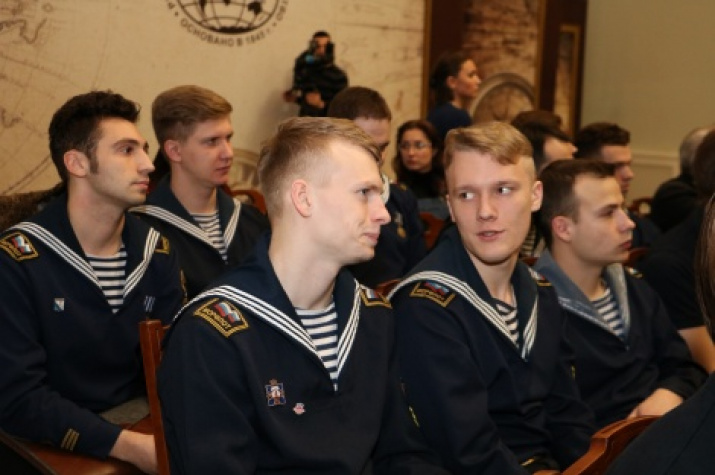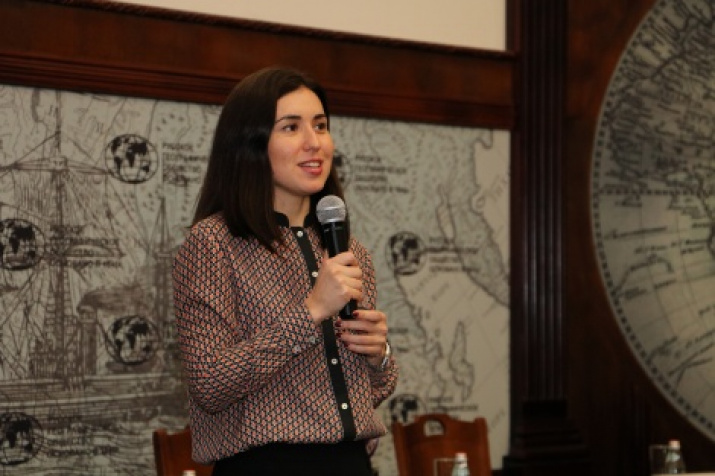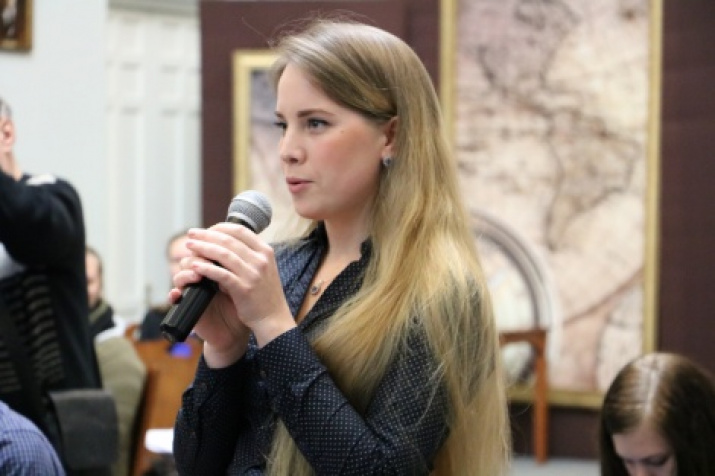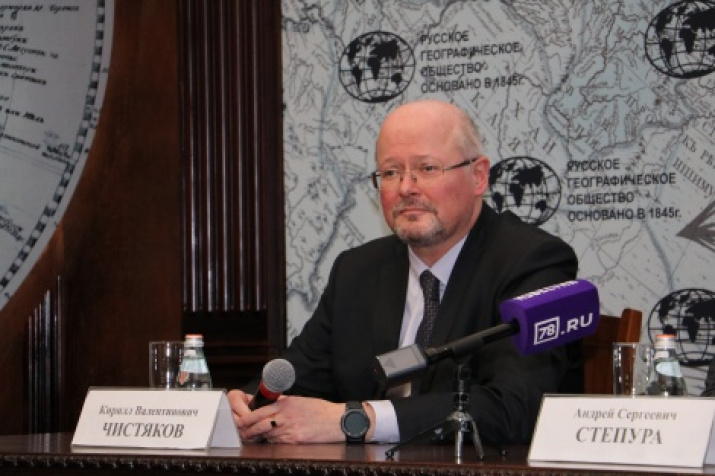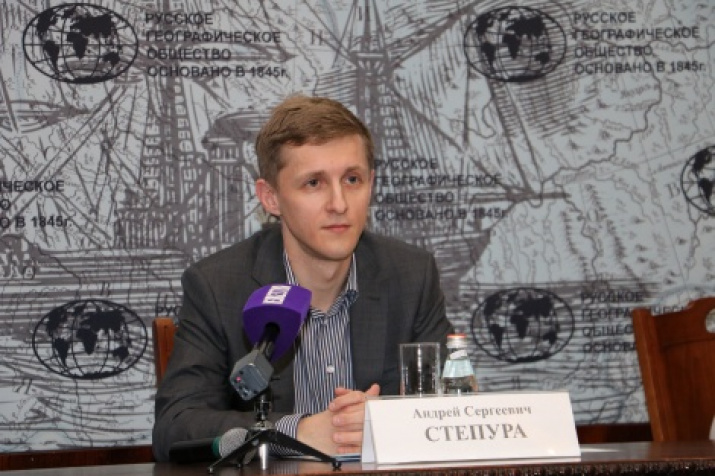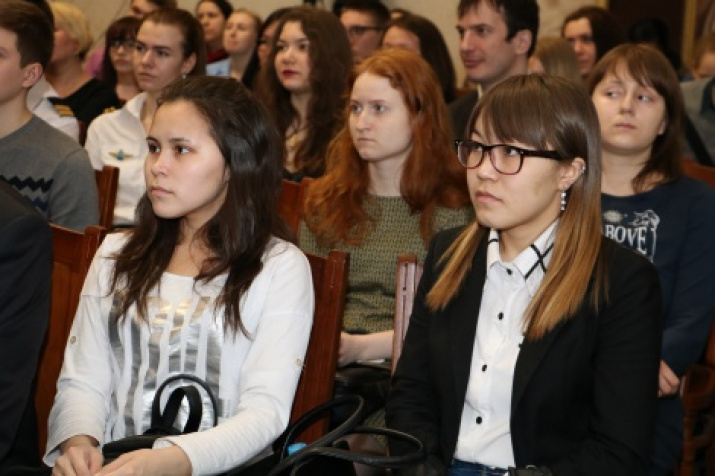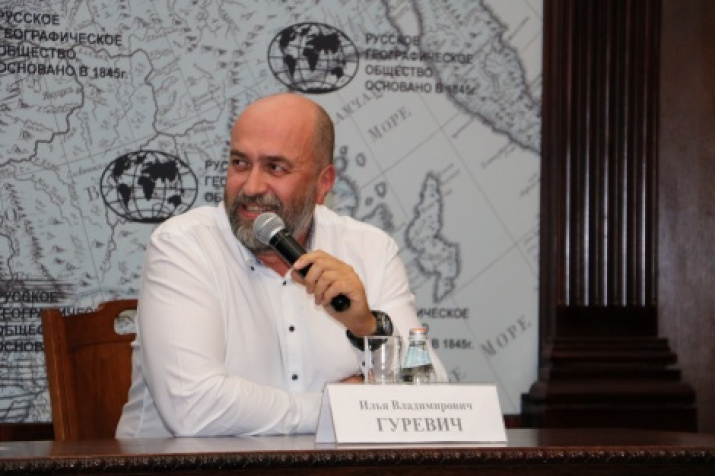A meeting of the Youth Club of the St. Petersburg branch of the Russian Geographical Society devoted to the Arctic region was held at the historical headquarters of the Society.
Students of polar specialties from the leading universities of the Northern capital attended the meeting. Renata Abdulina, head of the St. Petersburg Youth Club and chairman of the Committee on Youth Policy of St. Petersburg and other distinguished guests were also present at the meeting. Among them there were: Vice President of the Russian Geographical Society Kirill Chistyakov, head of the office of the Vice-Governor of St. Petersburg responsible for the development of the Arctic zone of Russia Andrey Stepura and an organizer of winter expeditions to the Arctic and chairman of the VeloPiter club Ilya Gurevich.
At the beginning of the event speakers shared their stories about how the Arctic entered their lives. Kirill Chistyakov noted that when a child he was fond of Kaverin's book “Two Captains”. One of the illustrations in the book showed a rostrum where all characters of the novel spoke. “At that time I didn’t know where this rostrum was, but in 1976 when I came to the Russian Geographical Society and found myself in the Great Hall, I saw this famous rostrum. From that moment my life was connected to geography, travel, expeditions, including the Arctic,” said the Vice President of the Russian Geographical Society.
Andrey Stepura noted that his parents worked beyond the Arctic Circle, where he spent his first 16 years. "The study of the Arctic during its development, the history of first flights of Chkalov, Levanevsky and Gromov became one of my hobbies, and then the hobby became my work," he said.
During the meeting, the participants discussed such questions as tourism opportunities offered by the region, the environmental situation in the Arctic, the prospects for the development of the Northern Sea Route, and main achievements of Russia in the Arctic over the past decade.
"The Arctic is a unique region. It is a “kitchen of weather”, frozen chronicles of changes in weather of the Earth over millions of years. Modern science considers the Arctic an outpost of the science about the Earth, about people and structure theory. Scientists from almost every country, even those that are far from the arctic borders, want to work together with Russia to research the Arctic,"- said Kirill Chistyakov.
.
The Vice-President of the Society cited the active development of the Artic monitoring and assessment in Russia and reconstruction of research stations as encouraging trends of recent years.
Andrey Stepura stressed that Russia has been updating the icebreaking fleet and developing transport infrastructure in the polar regions. And Ilya Gurevich spoke about the success in clearing the Arctic coast from the metal scrap that has accumulated over the decades.

